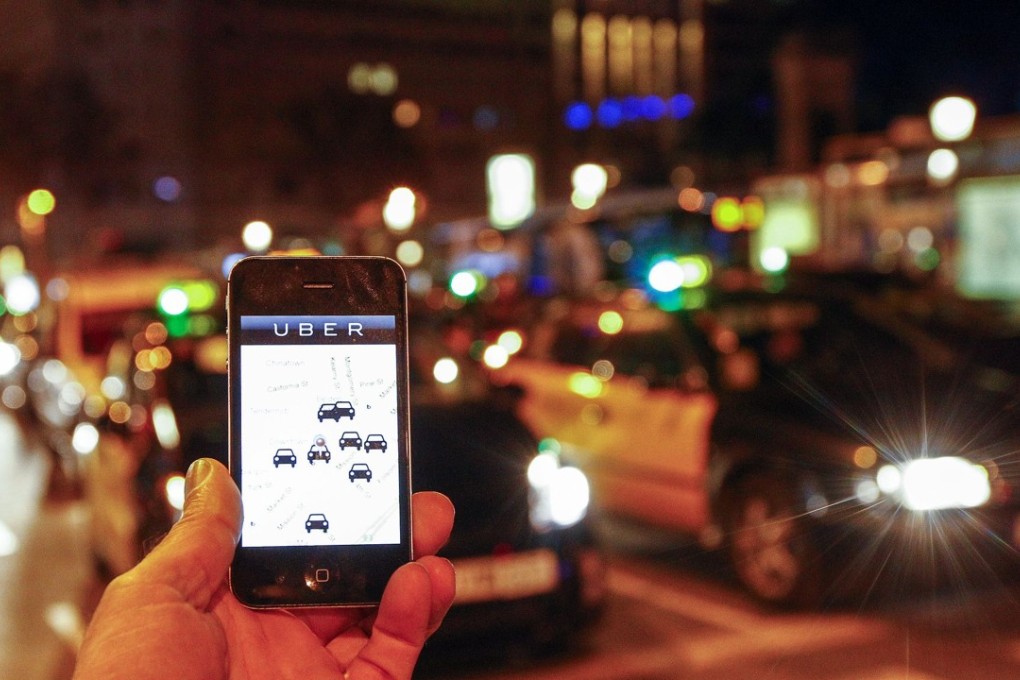Size is not everything you need to get ahead in the wired world
Why car-hailing firm Grab is taking on global behemoth Uber and prospering throughout Southeast Asia

Last week, when I was travelling through Singapore and Malaysia, I was using Uber everywhere. My local friends were using something else; they were all on Grab.
Outside Southeast Asia, very few might have heard of Grab. But a lot of ink has been spilled in the region about the fight between the two car-hailing companies and how they have been able to prosper simultaneously.
The world’s most valuable start-up and valued at US$68 billion, Uber has a war chest dwarfing that of Singapore-based Grab, which only amounts to US$4 billion.
With Uber selling off its China operation to Didi Chuxing in August last year, Southeast Asia has become the next must-win battle. Curiously enough, Grab has claimed more than 95 per cent of the market share in places including Malaysia, Singapore, Thailand, Vietnam, Indonesia and the Philippines.
This is strange. In our increasingly connected economy, scale matters. Big companies often enjoy vast profits. McKinsey, a global consultancy, estimates that 10 per cent of the world’s public companies generate 80 per cent of all profits. So how do we explain that the tiny Grab has managed to ward off Uber for so long, with no sign of being upstaged any time soon?
Among business school academics, the so-called network effect is a common explanation for the rise of Uber, Airbnb and Alibaba Group Holding. In each of these cases, the company took on the role of a two-sided marketplace, facilitating sellers on the supply side and buyers on the demand side to exchange goods or services. The value of such a platform depends in large part on the number of users on either side of the exchange.